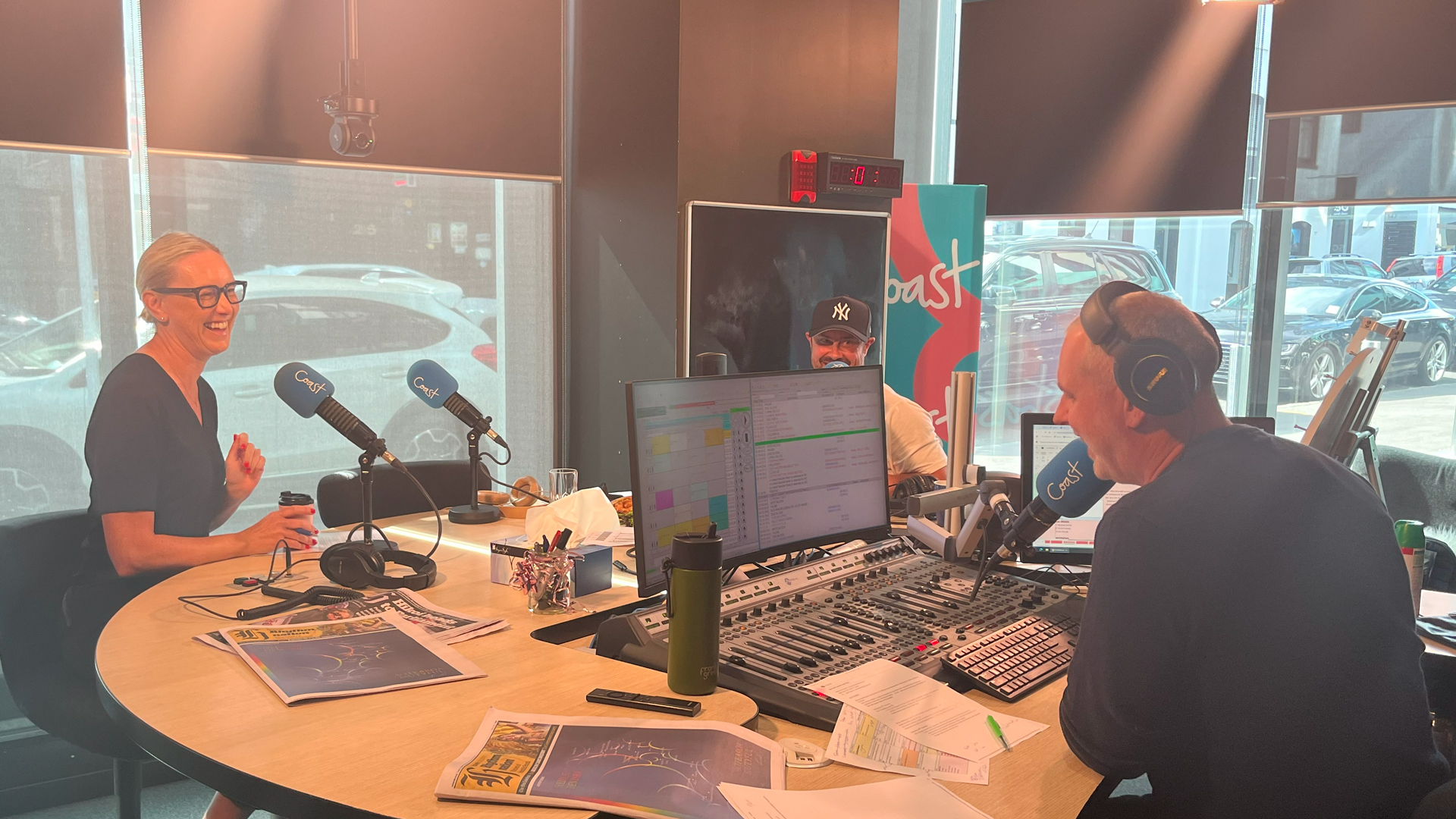With so many options and providers available, choosing a KiwiSaver fund can be a daunting process – but it’s one that’s important to get right. There are some great comparison tools now available from Sorted and BetterSaver, so what exactly are you looking for and how can you properly compare funds and providers that on the surface look very similar?
Here are four basic points to look for:
1. Fund performance
The numbers everyone is keen to know – how well is the fund actually performing? It is important to remember that past performance is not a guarantee of the future, so it’s not a good idea to select your provider based on performance alone. However working out the net returns (the return after fees and taxes have been taken out) can give you some idea of the potential for success.
It is best to compare net returns over the longest period possible. Think five to 10 years rather than the most recent financial quarter or year, as short term results can be very variable.
2. Fees
Fees are an unavoidable part of KiwiSaver investment. They pay for the professional management and essential administration costs of running your portfolio.
Funds that are more actively managed tend to charge higher fees. This is because they take a more hands on approach to investing, where portfolio managers actively research which assets to buy and sell with the aim of beating the stock market’s average returns. This strategy has the potential for higher overall returns than passively managed strategy.
When comparing fees it’s important to weigh up the value you are receiving for them. Is your fund manager applying their expertise to give you better returns? Or are they just passively investing and taking what the market gives them? Looking at your returns on an after-fee basis can give you an idea whether you are receiving good value for the fees you are paying.
3. Investment strategy
Understanding how your provider will be investing your money is important for finding the best fund for you. Those who want the potential for higher returns may want an actively managed fund, whereas investors who want a lower fee option, that will simply track the market, may be more suited to a passively managed fund.
It’s also important to understand how providers diversify your portfolio and how they allocate their assets. This will help you to understand more about the source of your returns, but also whether you ethically approve of how your money is being invested. All KiwiSaver providers are now obliged to list their top ten investments so you can directly compare strategies.
4. Communication
Communication and visibility over your KiwiSaver fund is essential to make sure you are up to date with your investment. When researching different fund types be sure to check how and when they will inform you of events, and how you can check on your investment. Look at:
- If there is an online portal where you can remotely and easily monitor your balance.
- How often you will be sent reports about your balance? These are often either every month, six months or yearly.
- Is the information you receive understandable to you? Finding a provider that clearly communicates and explains your investment means that you can better manage it.
- What is the fund’s investment approach? Do you understand it well enough to know how your money is being invested and why?
If you’re looking for a KiwiSaver provider that’s delivered award winning management, high performance and excellent customer care, get in touch with the expert team at Milford Asset Management.


